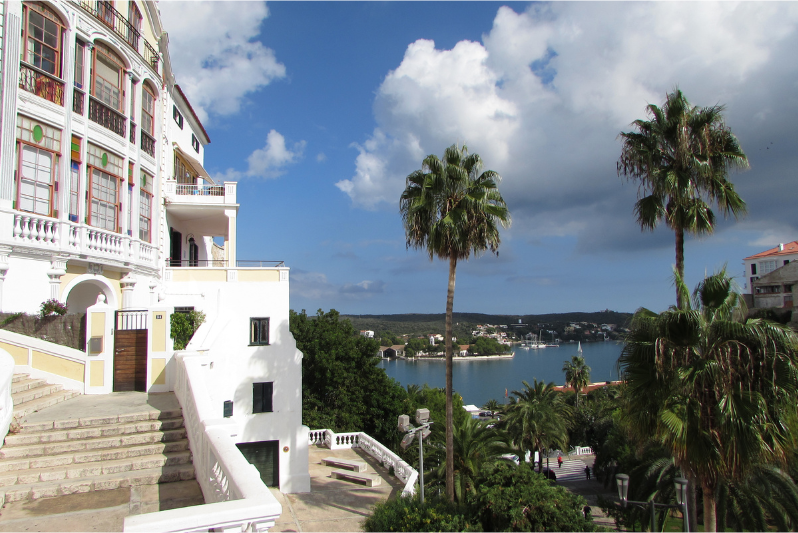What is the 3% withholding on the purchase price for non-residents?
June 22, 2023

Understanding the 3% withholding on the purchase price for non-residents is crucial when dealing with property transactions in Spain. This mechanism ensures compliance with non-resident tax obligations. In this context, let's delve into the details of this withholding tax and its implications.
What is the 3% withholding on the purchase price for non-residents?
If you find yourself as a non-resident in Spain seeking to sell a property, it's important to be aware that 3% of the transaction price will be withheld.
This amount is withheld by the buyer from the selling price on account of your non-resident tax in Spain. The buyer will deposit the 3% to the Spanish Treasury via 211 Form within one month from the sale date.
It is important to note that the buyer is required to send a copy of the 211 Form to you. The 211 form contains a unique code that will have to be included in your Capital Gains Tax return in order to offset the 3% withholding tax or apply for a refund where applicable.
Why is the 3% withholding tax applied to non-residents?
When a non-resident sells a property in Spain, they are subject to the Non-Resident Income Tax (IRNR) on the gain obtained from the transaction.
Tax residents in Spain also pay tax on capital gains from the sale of a property, but in a different way:
- Residents declare the gain in their annual personal income tax (IRPF) return.
- Non-residents, on the other hand, are subject to an immediate 3% withholding at the time of sale and must later file the Modelo 210 to regularize their situation.
This withholding system was established to ensure tax collection, as it can be more difficult to collect the tax from non-residents once the transaction is completed.
Additionally, the tax rate for non-residents is a fixed 19% on the gain, regardless of their country of fiscal residence. By contrast, tax residents in Spain are taxed progressively, with rates ranging from 19% to 28%, depending on the profit obtained.
What if the 3% withholding does not match the tax liability?
After the sale, non-residents are required to declare the sale to the Spanish tax authorities through the Capital Gains tax return via 210 Form (“Modelo 210"). It is likely that the final tax due will not correspond to the 3% that was initially withheld. The final tax liability may be lower or higher. What should sellers of non-resident properties do in such instances?
If less tax has been withheld than the final amount due:
In this case, the amount withheld by the buyer does not cover the full tax due on the capital gain.
Therefore, the seller must:
- Pay the difference between the withheld amount and the final tax liability.
- File the Modelo 210 and include the receipt of Modelo 211 provided by the buyer.
- Complete this process within three months from the end of the month the buyer had to submit the withholding (i.e., four months in total from the sale date).
Example:
A non-resident owner sells their property in Spain for €300,000, which they had purchased years earlier for €200,000.
The capital gain is €100,000, and the applicable tax rate for non-residents is 19%.
Thus, the total tax due is €19,000.
The buyer withheld 3% of the sale price, i.e., €9,000, and paid it to the tax authorities via Modelo 211.
In this case, the seller must pay the difference:
€19,000 - €9,000 = €10,000, which will be declared in Modelo 210.
If more withholding tax has been withheld than what was due:
The opposite can also happen: the withholding applied may be higher than the tax actually due, for example if the actual gain was small or even if there was a loss.
In this case, the seller must still file the Modelo 210 to report the transaction, but can request a refund of the excess withheld.
The Tax Agency will review the return and, if everything is correct, refund the difference to the indicated bank account.
Practical example:
Suppose a non-resident sells their property for €300,000, but had purchased it for €290,000, so the gain is only €10,000.
The corresponding tax would be 19%, i.e., €1,900.
However, the buyer withheld 3% of the sale price, i.e., €9,000.
In this case, the seller is entitled to request a refund of €7,100 (€9,000 - €1,900) by filing the Modelo 210 and attaching the receipt from Modelo 211.
What if the seller does not file the 210 tax return?
In the event that the seller has generated a profit and the tax liability surpasses the amount withheld, it becomes obligatory for the seller to submit Form 210 and pay the remaining tax due on the profit from the property sale. Failure to comply with this requirement grants the Spanish tax authorities the authority to issue a supplementary tax return and impose penalties.
Furthermore, since the Spanish tax authorities may not possess information regarding the acquisition value, they will assume it to be zero euros and no deductions will be applied. Consequently, in the eyes of the tax authorities, the entire sale price will be considered a gain.
Easily comply with the regulations with IberianTax
If you are a non-resident and have sold a property in Spain, remember that you must file Modelo 210 to report your capital gain or request a refund of the 3% withholding.
With IberianTax, we help you meet all your tax obligations in a simple, fast, and secure way. Our digital platform guides you step by step through the process, automatically calculates the amounts, and generates official forms ready for submission to the Tax Agency.
Avoid penalties, errors, and unnecessary complications. Register today and manage your non-resident tax with complete confidence.